Flight has a million faces
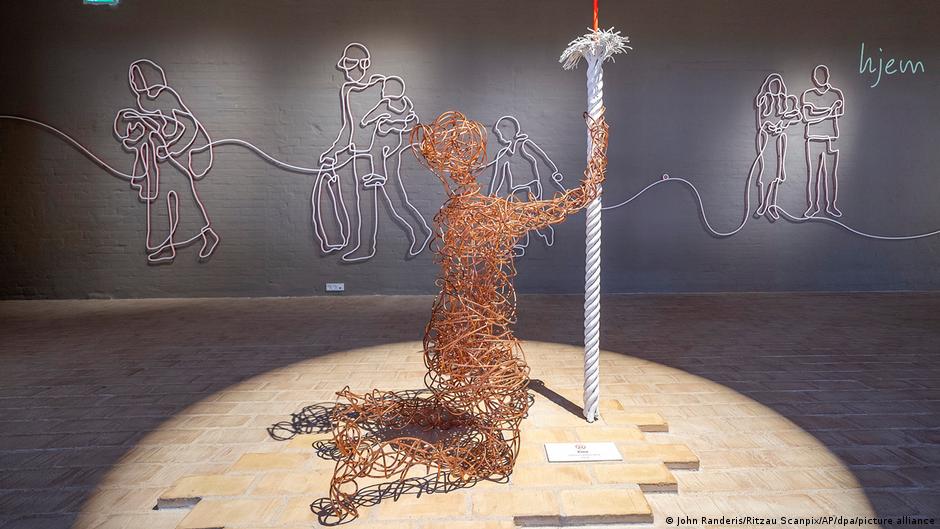
Rahima Abdullah was still a girl when she and her family were forced to flee the bloody civil war in Aleppo, Syria, years ago. She will never forget this dramatic episode in her life. And at the same time, she knows that people are constantly having to leave their homes under the impact of violence. "Flight may be only a six-letter word, but it is one that encompasses millions of stories," she says at the opening of the Flugt Museum.
"Many didn't make it"
At the same time, she says, it is a privilege to have found a safe place. Rahima Abdullah now lives in Denmark and is involved in Danish Refugee Youth. "Many didn't make it. I think of all the people who drowned in the Mediterranean on their way here." The new museum traces the story of Rahima's escape – and many others. It is located in Oksbøl on the west coast of Denmark, on the site of a former camp for German refugees during World War II.
It was opened on 25.06.2022 by Queen Margrethe II of Denmark. Also present was German Vice-Chancellor Robert Habeck, who reminded the audience of current conflict hotspots that are causing suffering and displacement. According to the UN Refugee Council, around 100 million people are currently displaced – twice as many as ten years ago.
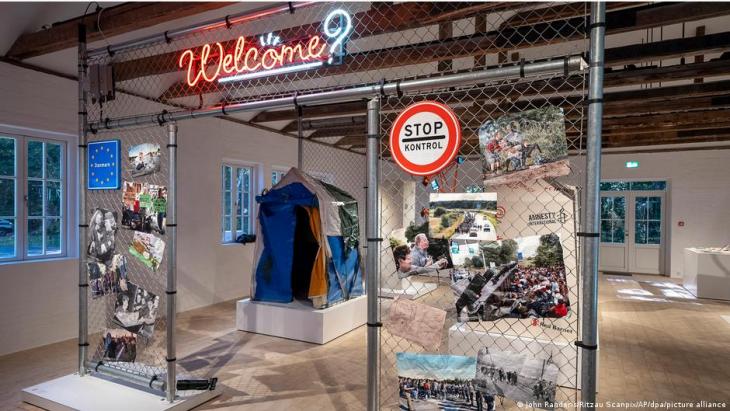
Using the example of Germany and Denmark, Habeck made a strong case for mutual understanding: the border between the two countries no longer divided people, but was rather a magnet for reconciliation.
New relevance of old escape stories
The museum, having opened its doors to the general public for the first time on 29 June 2022, is likely to prove a magnet for many visitors in future. Designed by the Danish architectural firm Bjarke Ingels Group, the complex incorporated two former hospital buildings. These have been connected by a curved bracket of corten steel, wood and glass, creating a 500-square-metre foyer flooded with light.
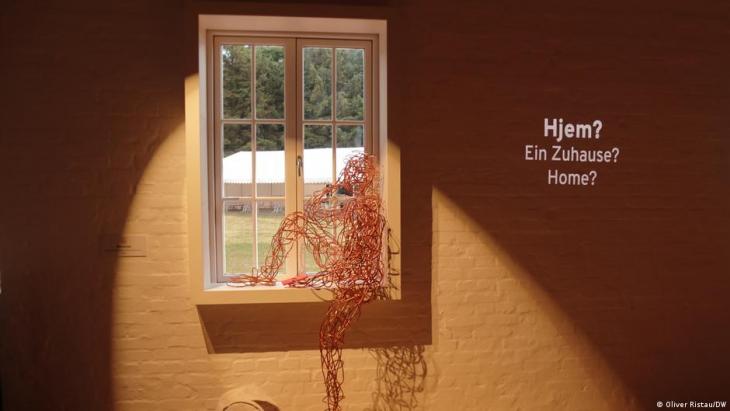
"The best way to preserve the old is to renew its relevance," Bjarke Ingels describes this bridge between past and present. "At first we thought we were designing for a history already concluded. But now, with Ukraine, we see how the theme of flight is an ongoing concern."
A hand grenade on a child's bed
The old buildings have retained their original exterior of red brick, small-shuttered windows and red-tiled roof. The interior of one wing shows stories of escape from the recent past. Their stages are retold in various exhibitions.
For example, there are children's rooms in alcoves that show the once ideal world, but also the threat – emanating, for example, from the hand grenade on a child's bed that looks like a toy. The stories are told via headphones – recorded on the basis of real interviews or diaries, available at each individual exhibit.
Elsewhere, film clips of refugee camps overlap on a phalanx of monitors. Arrival and the question of safety also find diverse expression: pyramids of cubes with children's drawings, "crowned" by a garish green hand grenade. A filing shelf allows visitors to delve into the fates of individual refugees.
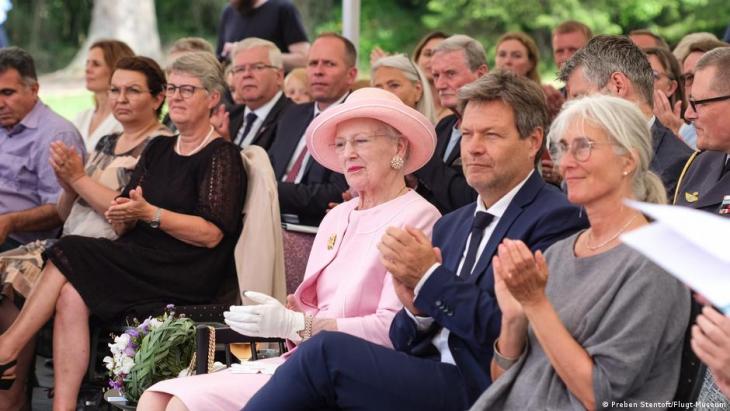
A colourful kicker table with players from different countries is just waiting to be played.
Refugees – then and now
Then the character of the exhibition changes and the museum shows sculptures made of a mesh of twisted copper wire. "A home?" is the question projected on the wall - like everything else in the Flugt Museum, in three languages: Danish, German and English.
There is a girl kneeling in front of a gravestone decorated with a crescent moon. A plaque on the wall gives her name: Mirela from Bosnia. Another figure made of copper mesh, Maslullah from Afghanistan, is wearing headphones and holding a smartphone – sitting longingly by the window. Little Joerg Baden can also be seen in the same room, on a swing from 1945.
This eyewitness travelled to the exhibition opening to thank his Danish friends for the welcome they granted him back then.
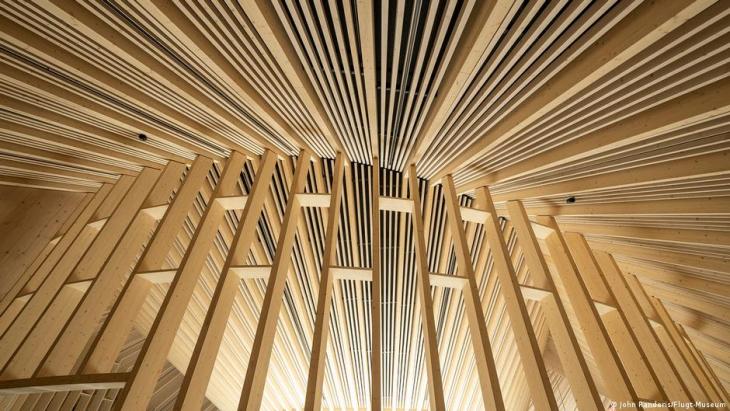
The second of the old buildings is somewhat smaller and is dedicated to camp life at the time. For example, there was a theatre, which the curators have faithfully refurbished.
From 1945 to 1949, up to 35,000 refugees – most of them from the German eastern territories - lived in the camp on an area of four square kilometres. The barracks they inhabited have since been demolished. What remains are the paths, lined with sparse forest. Only the old cemetery with its grave slabs stands in a clearing that invites you to linger – and reminds you not to forget. After all, what the Flugt Museum vividly demonstrates is that anyone can become a refugee at any time.
Oliver Ristau
© Deutsche Welle 2022